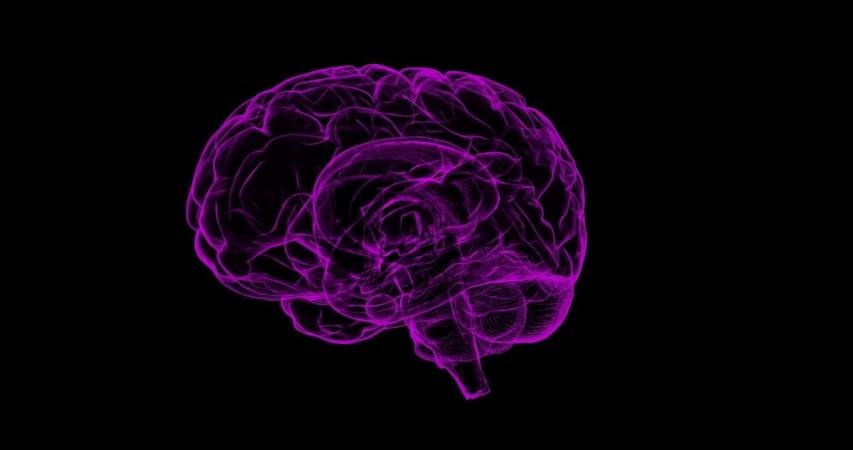Alzheimer's disease is the sixth biggest cause of mortality in the United States, and there is currently no cure or a way to slow it down or manage the symptoms. However, NYU Langone team has come up with a new treatment successfully tested among animals.
A rising body of evidence suggests that the immune system, the collection of cells and proteins that protect the body from invading bacteria and viruses, has a role in Alzheimer's disease. Thomas M. Wisniewski, director of the Alzheimer's disease Research Center at NYU Langone, and his team found that aged monkeys had up to 59% less plaque deposition in their brains after being treated with CpG oligodeoxynucleotides (CpG ODN) compared to untreated animals.
These amyloid beta plaques are protein fragments that cluster together and obstruct nerve cell connections (neurons). The levels of toxic tau in the brains of treated animals were also reduced. When disease-related alterations in its chemical structure allow it to bind to other cells, this nerve fiber protein has the potential to kill nearby tissue.

According to the researchers, the therapy also had cognitive benefits. When faced with a series of puzzles, old monkeys given the medicine performed similarly to young adult monkeys and significantly better than those in their age group who had not been treated. In addition, the treated monkeys mastered new puzzle-solving skills quicker than their untreated peers.
Previous treatment
Previous treatment efforts aimed at the immune system, according to researchers, faltered because the medications overwhelmed the system, generating dangerous levels of inflammation that can damage brain cells.
According to Wisniewski, the new study, is the first to target the innate immune system as a potential cure for the condition in monkeys. The CpG ODN medicines are part of a class of innate immune regulators that boost the activity of these tired immune custodians. The team is also the first to use the "pulsing" drug administration strategy to avoid excess inflammation, which is caused by immune cells homing in on locations of injury or infection. While immune defenses and repair require inflammation, too much inflammation contributes to numerous disease pathways.
The research team studied 15 female squirrel monkeys aged 17 to 19 years old for the study. Eight of them were given a single dose of the medicine once a month for two years, while the others were given a saline solution. The researchers examined the behavior of the two groups and compared plaque deposition, tau protein levels, and indications of inflammation in brain tissue and blood samples.

Wisniewski points out that when they age, almost all squirrel monkeys naturally develop a form of neurodegeneration that mimics Alzheimer's disease in people, making them perfect for research.
Co-senior author Henrieta Scholtzova says, "The similarities in aging between the animals studied and our own species give us hope that this therapy will work in human patients as well".
Scholtzova, associate professor in the Department of Neurology at NYU Langone, said the researchers will next test CpG ODN therapy on human patients with modest cognitive deficits or in the early stages of dementia. They also plan to investigate this treatment in other neurodegenerative diseases.

















